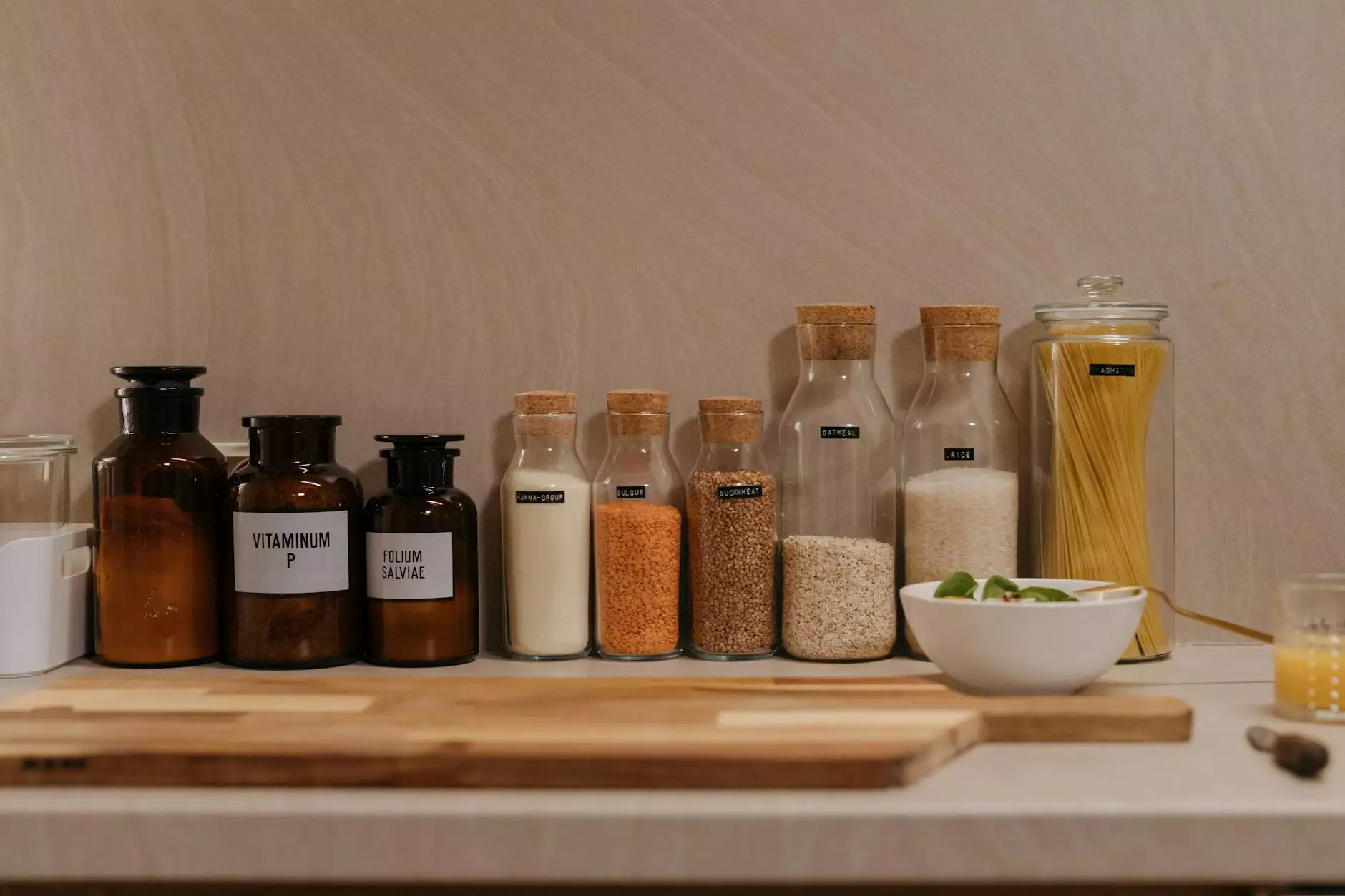Comprehensive Guide to Flat Roof Gutter Solutions

Welcome to an in-depth exploration of flat roof gutter solutions. If you're a homeowner, business owner, or a property manager, properly managing water drainage is crucial for the health of your flat roof system. In this article, we will investigate the importance of gutters, the various types of solutions available, and best practices to ensure longevity and efficiency. With proper attention to these aspects, you can protect your property from water damage and enhance its lifespan.
Understanding Flat Roofs and Their Challenges
Flat roofs, despite their modern aesthetic and space efficiency, come with specific challenges that make proper drainage essential. Unlike sloped roofs where water flows downward naturally, flat roofs may accumulate water if not designed adequately. Understanding how gutters play a role in this system is paramount.
Common Issues Associated with Flat Roofing
- Water Pooling: The most significant issue is water pooling, which can lead to leaks or structural damage.
- Overflow: Insufficient draining solutions can lead to overflow, causing water to cascade off the edges.
- Debris Buildup: Leaves, dirt, and other debris can accumulate, further obstructing the drainage system.
- Structural Wear: Over time, water can weaken the roofing materials, necessitating expensive repairs.
The Importance of Flat Roof Gutter Solutions
Effective flat roof gutter solutions are essential for several reasons. First and foremost, they help direct water away from the structure, reducing the risk of damage. Additionally, they can aid in:
- Increasing Curb Appeal: Well-maintained gutters enhance the beauty of the property.
- Enhancing Property Value: A property equipped with an effective drainage system is more appealing to potential buyers.
- Extending Roof Lifespan: Preventing water pooling protects roofing materials, extending their useful life.
- Preventing Mold Growth: Adequate drainage prevents moisture traps that lead to mold and mildew.
Types of Flat Roof Gutter Solutions
When it comes to gutter systems for flat roofs, various options are available, each designed to meet specific needs and preferences. Below, we delve into the most effective flat roof gutter solutions on the market today.
1. Internal Gutters
Internal gutters are situated within the structure of a flat roof. They are particularly effective for modern architectural designs. With this system, rainwater drains through concealed channels, providing a clean line of sight on the roof.
Advantages of Internal Gutters:
- Aesthetically Pleasing: Maintains the building's clean lines and modern aesthetic.
- Protection from Debris: More protected from external debris.
- Minimized Overflow Risk: They are designed to manage large volumes of water effectively.
2. Box Gutters
Box gutters are large, deep gutters that are often custom-built into the roofline. They are typically wider than standard gutters, providing excellent holding capacity for rainwater.
Advantages of Box Gutters:
- High Capacity: Ideal for areas with heavy rainfall.
- Enhanced Longevity: Made from durable materials that can withstand harsh weather.
- Efficient Water Management: Prevents water from overflowing, reducing property damage risks.
3. K-style Gutters
K-style gutters are a popular choice due to their versatile design. They can hold significant amounts of rainwater while being relatively easy to install and maintain.
Advantages of K-style Gutters:
- Design Versatility: Available in various styles and colors to match your property's exterior.
- Ease of Cleaning: They tend to be easier to clean and maintain compared to other gutter types.
- Cost-effective: Generally more affordable than other options, making them suitable for budget-conscious projects.
4. Half-Round Gutters
For a more traditional look, half-round gutters provide an elegant appearance. While they are mostly used in residential properties, they can also work well on flat roofs.
Advantages of Half-Round Gutters:
- Classic Aesthetic: Offers a timeless, elegant charm.
- Reduced Resistance: The half-round shape minimizes water resistance, improving water flow.
- Durable Materials: Often made from copper or zinc, which are durable and resistant to corrosion.
Choosing the Right Gutter Material
The material you choose for your flat roof gutter solutions can greatly impact their performance and longevity. Here are some common materials, along with their pros and cons:
1. Aluminum
Aluminum gutters are lightweight and resistant to rust, making them an excellent choice for most homeowners. They are available in various colors and styles.
Pros:- Lightweight and easy to install
- Corrosion-resistant
- Variety of finishes available
- Can warp in extreme heat
- May dent in harsh weather conditions
2. Copper
Copper gutters provide a beautiful and durable option that stands up exceptionally well against the elements. Over time, copper develops a unique patina that adds to its aesthetic appeal.
Pros:- Highly durable and resistant to rust
- Elegant appearance
- Requires minimal maintenance
- Expensive compared to other materials
- Can be prone to bending
3. Vinyl
Vinyl gutters are an affordable option that is easier to install since they are available in a snap-together format. They can withstand typical weather conditions but are less durable than metal options.
Pros:- Inexpensive and lightweight
- Corrosion-resistant
- Easy to install and maintain
- Less durable over time; prone to cracking in severe weather
- Limited color options compared to metal gutters
How to Maintain Your Flat Roof Gutter System
Proper maintenance of your flat roof gutter solutions will significantly enhance their performance and longevity. Regular maintenance tasks include:
1. Regular Cleaning
Clear out leaves, dirt, and other debris at least twice a year, preferably in spring and fall. This will minimize the chance of clogs and ensure that water drains properly.
2. Inspect for Damage
Conduct routine inspections to check for any signs of wear and tear, such as rust, holes, or loose sections. Early detection can prevent further damage and costly repairs.
3. Monitor Water Flow
During rainy periods, observe how water flows through the gutters. If you notice pooling or overflowing, it may call for immediate cleaning or repairs.
4. Install Gutter Guards
Consider installing gutter guards to reduce the amount of debris that enters the gutters and minimizes maintenance needs.
Conclusion: Protect Your Investment with the Right Solutions
In summary, flat roof gutter solutions are not just an accessory but a necessary component of maintaining the integrity of your roof and property. By understanding the various types of gutters available, the materials you can choose from, and the importance of regular maintenance, you position yourself to make informed decisions about your property's drainage system.
Make sure to partner with professionals like guttersolution.us who can assist you in selecting, installing, and maintaining the ideal gutters for your flat roof. Protect your investment, improve the aesthetic appeal of your property, and enjoy the peace of mind that comes with knowing you’ve chosen the best flat roof gutter solutions.









